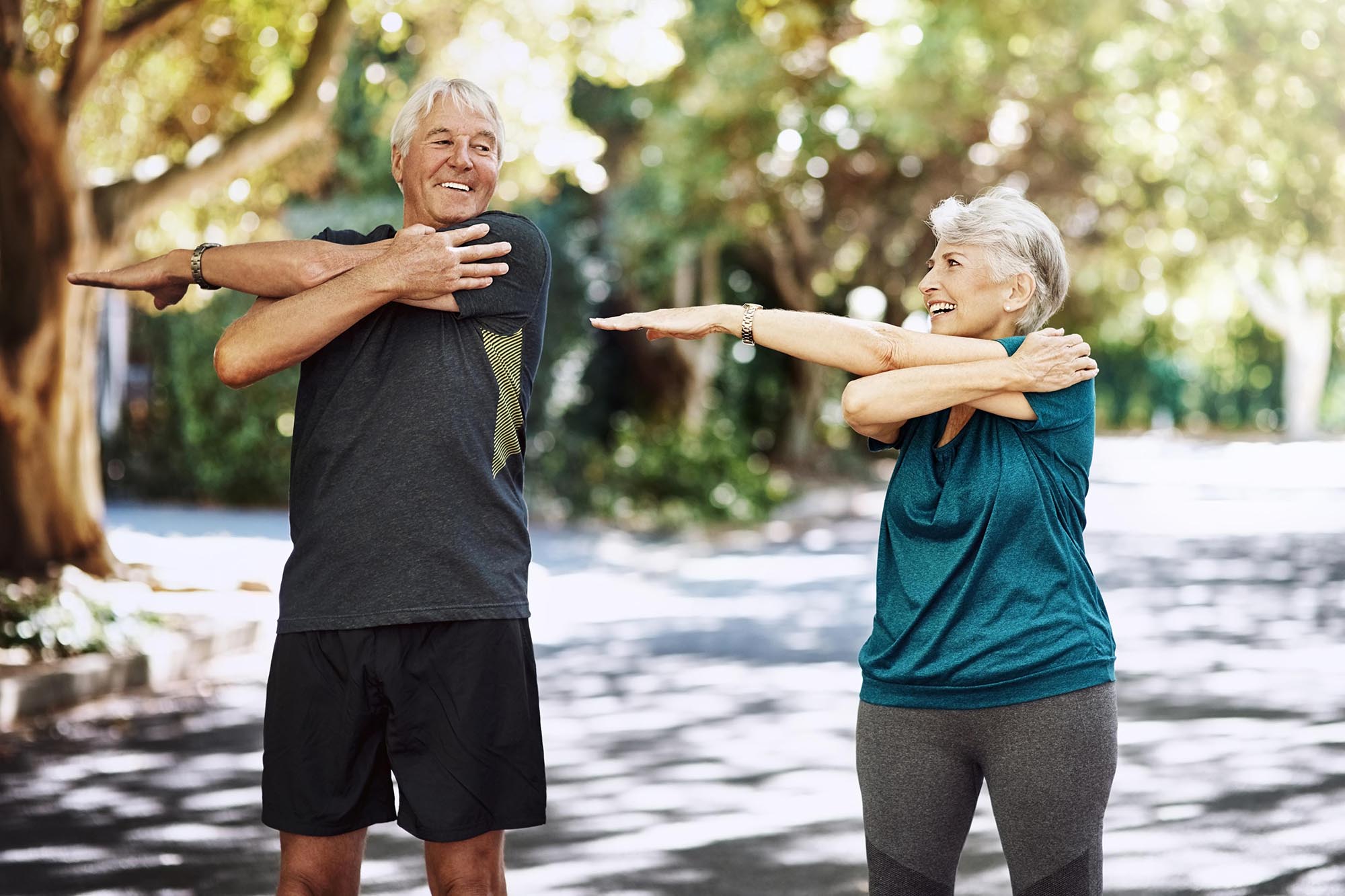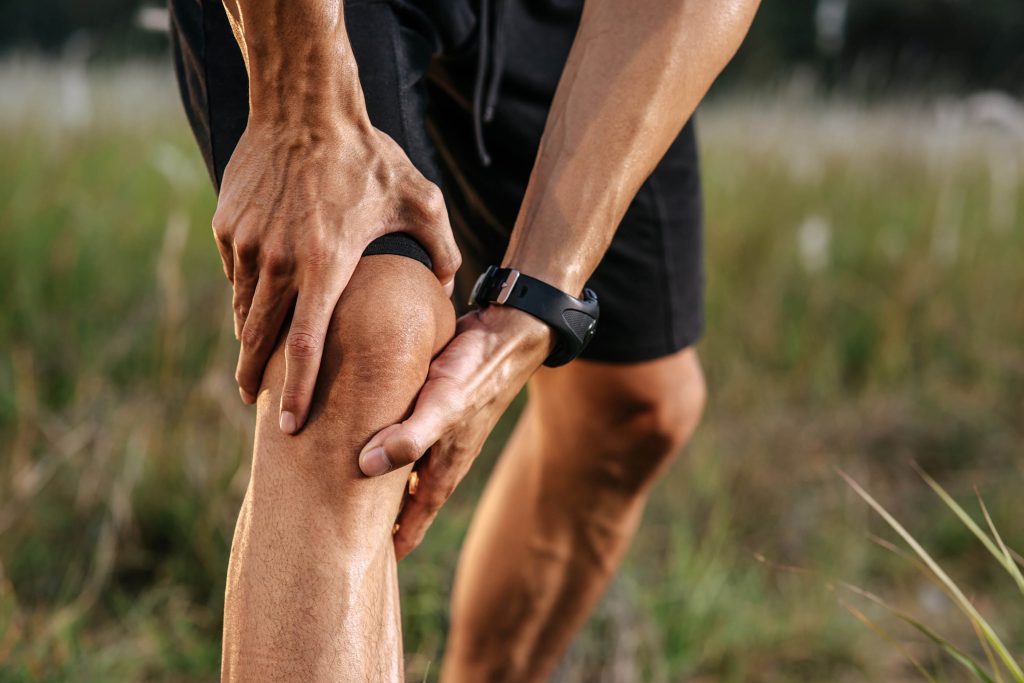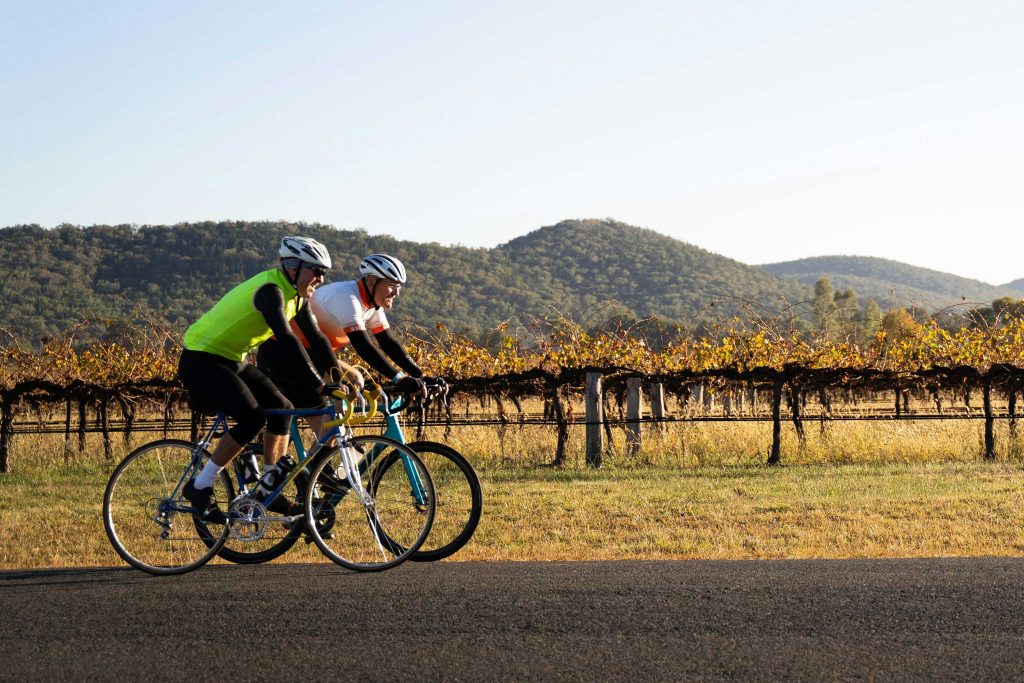Parkinson’s disease is a progressive disorder of the nervous system that can cause tremors, stiffness, freezing of gait, and impaired balance or coordination — all of which increase the risk of falls. While there is no cure, the good news is that exercise is one of the most effective ways to manage symptoms and improve quality of life.
Why Exercise Matters
Research has shown that exercise can:
Improve balance, coordination, flexibility, and strength
Reduce the risk of falls
Enhance overall mobility
Support cognitive function in people living with Parkinson’s
By staying active, people with Parkinson’s can maintain independence for longer and improve day-to-day wellbeing.

Types of Effective Exercise
Different forms of exercise have been shown to benefit people with Parkinson’s, including:
Aerobic exercise — walking, swimming, or group exercise classes
Strength training — using body weight, weights, or resistance bands
Balance & coordination training — such as Tai Chi or Pilates
The best results come from a program that is individualised to your abilities and goals.




